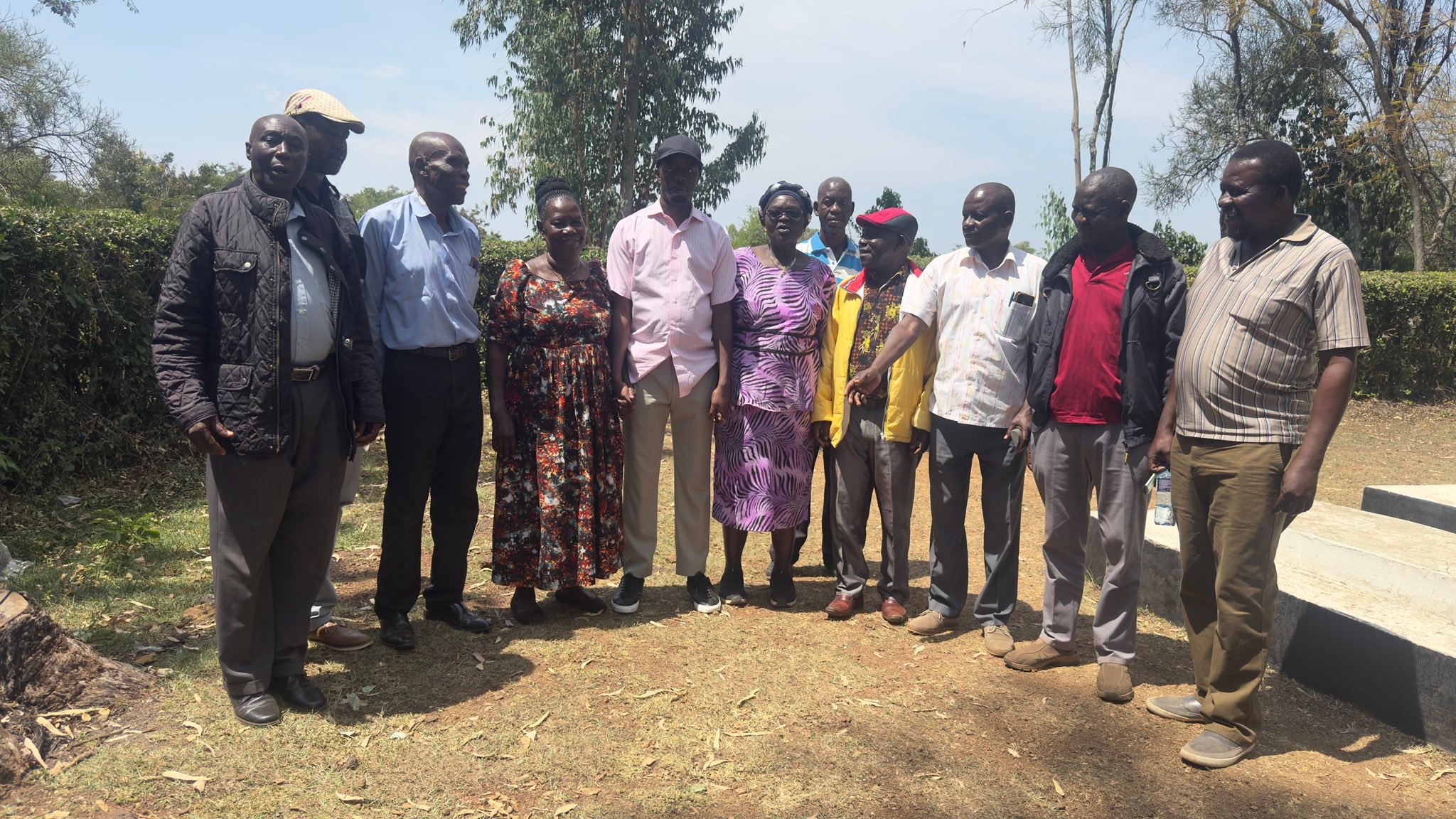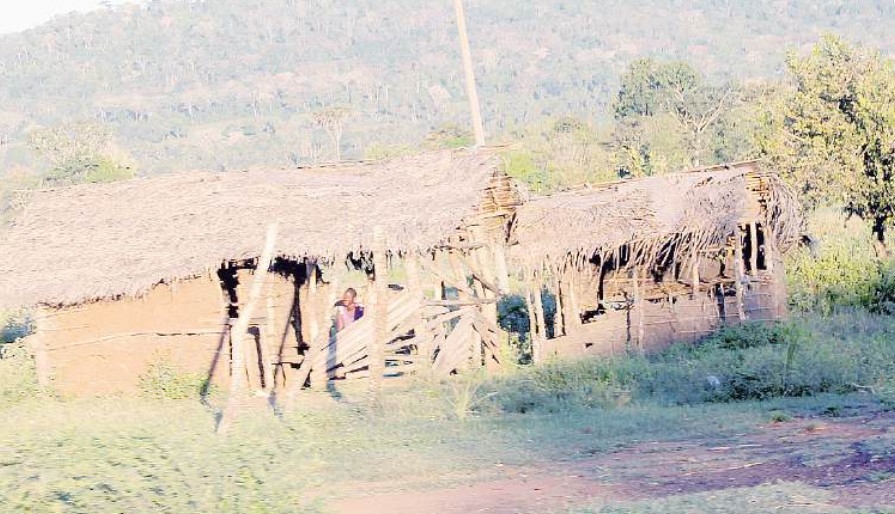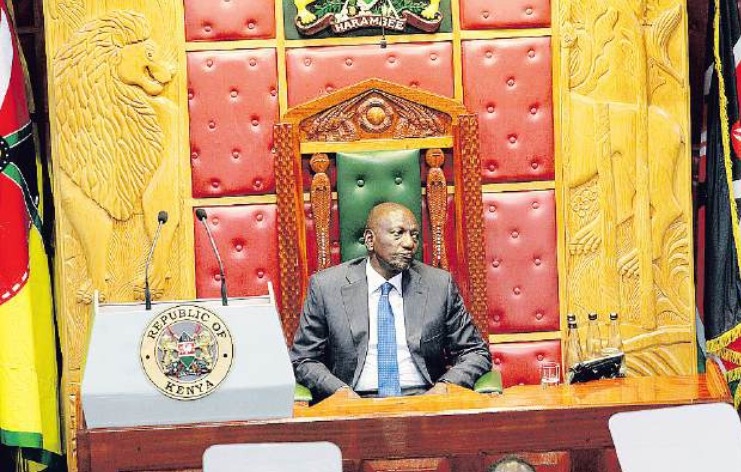Conservationists and wildlife scientists refer to elephants as not only flagship species but also highly charismatic animals that can serve as a rallying point for conservation.
This means that jumbos can help capture people's attention worldwide and generate significant returns from wildlife-based tourism.
A new threat is however emerging and can easily wipe out these charismatic creatures.
Conservationists and wildlife scientists are spoiling for a fight following reports that neighbouring Tanzania is in the process of issuing hunting permits targeting super tuskers.
“The loss of these elephants is not just a blow to elephant populations but to our collective efforts in conservation,” said Dr Cynthia Moss, founder of the Amboseli Trust for Elephants.
Tanzanian authorities are reported to issue hunting permits for super Tuskers in the greater Amboseli–West Kilimanjaro elephant population.
Five were targeted, hunted and killed by trophy hunters in Northern Tanzania in the last eight months. More permits are set to be issued imminently.
10 SUPER TUSKERS
The greater Amboseli-West Kilimanjaro elephant population comprises approximately 2,000 individuals whose range spans the border of Kenya and Tanzania.
Approximately 600 are males of which 10 are super tuskers.
It includes adult males with some of the largest tusks on the continent owing to the particular genetic makeup of these elephants (the largest tusks ever collected and displayed in the British Museum come from this population) and to the years of protection from trophy hunting and poaching they have been afforded.
The remaining 10 super tuskers in Amboseli have tusks weighing around 45 kg.
Hunting could cause the super tuskers to disappear within the next three years.
Whereas Kenya banned hunting in 1977, it is still legal in Tanzania, where hunting companies obtain licences on behalf of clients.
In Tanzania, the Wildlife Conservation (Tourist Hunting) (Amendment) game fees payable for hunting African elephants range from $12,000 (1.5 million) to $20,000 (Sh2.6 million).
The Amboseli elephant population is a cross-border population inhabiting both Kenya and Tanzania.
The ecosystem includes Amboseli National Park and the surrounding conservancies and lands in Kenya (8,000 km2) and the Enduimet Wildlife Management Area and beyond in Tanzania.
For 51 years, the elephants within the Amboseli ecosystem have been closely studied by the Amboseli Elephant Research Project.
It is the longest continuously running study of elephants in the world and one of the longest studies of any animal.
Each elephant is known individually, has a code number or name and is documented photographically.
Birth dates for all but a few of the older individuals are known, as are those of the mother, the family and, in some cases, the father.
A detailed database contains every elephant identified over five decades ago, including births and deaths and numbers over 4,000 individuals.
A linked database houses every recorded sighting.
The Amboseli data is an extraordinarily rich and important body of knowledge.
Each individual, each record is a building block that underpins this immense scientific achievement gained over the past half-century.
Much of what is known about elephant behaviour, communication, social structure, demography, reproduction and genetics, has resulted from this study.
There are 63 elephant families in the Amboseli population, of which 17, consisting of 365 members, regularly spend time in Tanzania.
During the commemoration of World Elephant Day on August 12, conservationists petitioned Presidents William Ruto and Samia Suluhu to partner on cross-border elephant protection.
Marked on August 12 annually and launched in 2012, World Elephant Day aims to bring more public awareness to the plight of both Asian and African elephants.
Conservationists dispatched a global petition with over 500,000 signatures collected since March 2024 calling for an end to trophy hunting of elephants along the country's border with Kenya in the Tanzania portion of the range.
Conservationists and wildlife scientists sent the petition by courier to the Tanzanian High Commission in Nairobi and to State House, Tanzania, from a press conference in a Nairobi hotel.
SHARED RESOURCE
While the management of elephants in Tanzania is recognised as the sovereign duty of the Tanzanian government, scientists reminded the two leaders that this population is shared and their protection has been achieved for three decades through a bilateral agreement.
The petition emphasises the significant ecological and economic value of the Amboseli–West Kilimanjaro elephant population, a unique genetic reservoir that transcends national borders.
Until 2023, there had been a 30-year period of no elephant hunting incidences reported.
The recent hunting wave was triggered by a new quota issued in 2022 to Kilombero North Safaris.
Conservationists say the last unfortunate super tusker hunting incident had been in 1994, leading to an international outcry.
This was when four well-known elephants—RBG, Sleepy, Saibulu and Oloitipitip—subjects of the Amboseli Elephant Research Project, were shot by trophy hunters on the Tanzanian side of the border.
As a result of public outcry, in 1995, the two nations agreed on a moratorium on trophy hunting of this transboundary elephant population.
Conservationists say the new hunting permits threaten the survival of iconic Kenya-Tanzania cross-border elephants, the largest in Africa.
“The recent killing of super tuskers is particularly concerning due to the rarity and special role these older males play in elephant society,” stated Dr Joyce Poole, Scientific director of Elephant Voices.
The petition, on the international campaign site Avaaz, was backed by a consortium of more than 50 African conservation organisations.
The consortium called on Tanzanian authorities to collaborate with their Kenyan counterparts to protect this shared natural heritage.
Dr Paula Kahumbu, CEO WildlifeDirect, remarked, “We urge President Ruto of Kenya and President Samia Suluhu of Tanzania to meet and agree on the shared immense scientific and economic value of preserving these cross-border elephants. The long-term benefits of ecotourism, science and conservation far outweigh the short-term gains from trophy hunting in one country.”
The petition also highlights unethical hunting practices, including the use of helicopters to locate elephants and the burning or burying of carcasses to conceal evidence.
Dr Winnie Kiiru of the Elephant Protection Initiative and Mpala Research Center echoed these sentiments, stating, “The killing of these iconic elephants for 'sport’ is morally troubling and economically short-sighted.”
GENETIC STRUCTURE AT STAKE
Save the Elephants senior scientist Dr Festus Ihwagi said the ongoing hunting in Tanzania risks undermining the genetic composition and structure of jumbos.
“If we lose the 10, we will lose the genetic composition, the gene frequency of these elephants. These are elephants that are at the prime breeding stage and carriers of the important genes,” Ihwagi said, adding that trophy hunting also risks compromising jumbo’s social structure.
“Elephants live in polygamous herd families. That means that a bull is visiting or servicing females from various families. And as they do that, they do command a social structure. They are very important and if you lose the big bulls, you are affecting the social structure of the elephant family,” he said.
Ihwagi said elephant families are interconnected just like human ones.
He said the movement of elephants could be seasonal or non-seasonal.
“In general, they move in search of food and water. However, the bulls alone do not necessarily move just because of that. They move looking for mates when they are in the breeding stage. That does not have a clear calendar, they move any time,” Ihwagi said.
Jumbos are an umbrella species as their conservation depends on large areas of the ecosystems being conserved and protected and therefore serve the objective of wider biodiversity conservation.
When outside of protected areas, the conflict between elephants and people is intense, especially crop raiding and related risks to life and livelihood, which has major implications for public support for conservation.
KEYSTONE SPECIES
Scientists refer to elephants as keystone species with significant roles in ecological dynamics and therefore their persistence is important to the conservation of other elements of biodiversity.
During the dry season, for instance, elephants use their tusks to dig for water, allowing them and other species in the wild to survive.
As forest elephants eat, they create gaps in the vegetation, allowing new plants to grow and creating pathways for other, smaller animals to use.
Jumbos also play a key role in dispersing seeds.
Kenya's key wildlife landscapes are currently facing multiple challenges.
They include increasing human and livestock populations, impacts of global climate change, the spread of invasive and alien species and the dangers of infectious zoonotic diseases.
To effectively plan, the state is currently conducting another round of national wildlife census.
In 2021, the state carried out a wildlife census that covered 343,380 km2 of Kenya’s landmass for Sh250 million.
The census showed that Kenya has 36,280 elephants, 897 black rhinos, 842 white rhinos, two northern rhinos, 2,589 lions, 5,189 hyenas, 1,160 cheetahs, 865 wild dogs and 41,659 buffaloes.
Wildlife Research and Training Institute director Dr Patrick Omondi said accurate data on wildlife will also guide the allocation of resources, ensuring that critical areas receive the attention and funding they require.
The ongoing census covers the greater Masai Mara ecosystem, Amboseli-Magadi, Nairobi Athi-Kapiti landscape and all the closed sanctuaries, including Solio, Mwea, Lake Nakuru and Ruma national parks.
The budget for the current census is about Sh300 million, with the first phase being supported by the Tourism Promotion Fund, which provided Sh60 million.
“The institute has developed rigorous scientific methodologies to conduct the wildlife census. These methodologies ensure that we gather reliable data on wildlife populations, their distribution and their habitats. By employing advanced technologies such as satellite imagery, GPS tracking and drone surveys, we aim to achieve a level of precision and detail that is unprecedented,” Omondi said.
Omondi said the impacts of climate change are becoming increasingly evident, affecting wildlife habitats and migration patterns.
“The census will help us understand these changes better and devise strategies to mitigate their effects.”
On November 5, 2022, WRTI released a report showing that many iconic species had died due to lack of water and pasture.
The institute said urgent interventions must be put in place to save the animals dying in various ecosystems and conservancies due to a lack of water and pasture.
The WRTI in a study said in the previous two seasons (October 2021 to May 2022), the country had received rainfall below average and more than 1,000 wildlife deaths had been recorded.
The most affected species were wildebeests, common zebras, elephants, Grevy’s zebras and buffalos, with the Amboseli, Tsavo and Laikipia-Samburu ecosystems being the hardest hit.
The study found that 512 wildebeests, 381 common zebras, 205 elephants, 49 Grevy’s zebras and 51 buffalos died.
“The Amboseli and Laikipia-Samburu ecosystems are worst affected by the drought having recorded more than 70 elephant deaths. The continued worsening of the drought condition could affect more rhinos in overstocked rhino sanctuaries,” the report stated.
Most of the elephant deaths were recorded in Amboseli, Laikipia-Samburu and Tsavo conservancies.
Omondi said human-wildlife conflict is another emerging issue facing the iconic species.
















